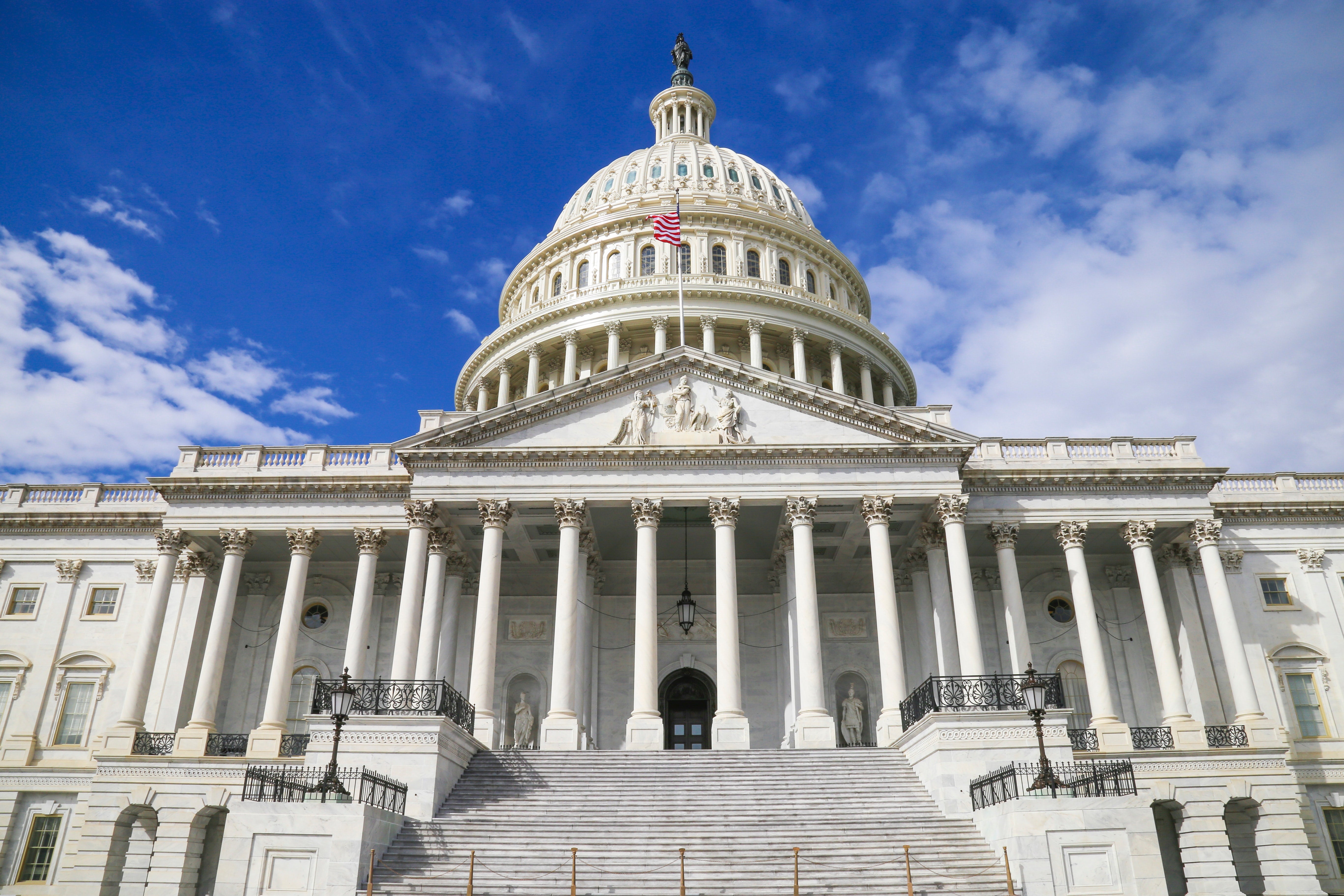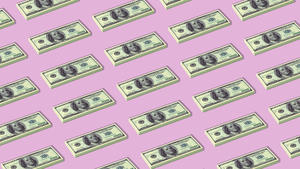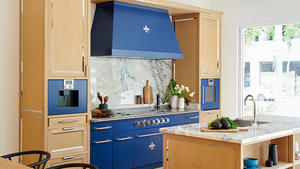On top of monitoring public health updates, many of us find ourselves at home, trying to do our jobs remotely while also sharing the house (and the Wi-Fi) with our loved ones. Given these unprecedented conditions, keeping up with the ever-changing specifics of the $2 trillion stimulus package that Congress passed today hasn’t been the most straightforward task. We called up Bryan Soukup, ASID’s vice president of government and public affairs, who spends much of his time on Capitol Hill, for an inside look at how the new bill will impact interior designers—as individuals and business owners.
There have been a lot of relief packages coming out of Congress in the past few weeks. Can you explain how this one is different?
This is the third relief package we’ve seen related to COVID-19 this month. The first was passed a couple of weeks ago and was related to the health care response. The second bill had to do with paid sick leave and caring for loved ones suffering from the virus. Now, they’ve turned their attention to the economic recovery we’re going to need. A lot of legislators are saying that this is not a stimulus—that it’s geared more toward keeping things stable [by] helping businesses that have had to close and individuals who’ve lost their employment because of those closures. Many interior design firms, which are not considered “essential businesses,” are not operating right now, because of these shelter-in-place orders. That’s what this package is focused on.
How will the bill affect interior designers?
The package is divided into two areas that will matter to interior designers: One is looking at individuals who have been laid off or furloughed, and the other is providing assistance to businesses that are either closed or operating at a diminished capacity. The act starts with individual payments—they’ve set $250 billion aside for those payments, which they’re calling recovery rebates. A single American will receive about $1,200, married couples will get $2,400, and if you’re a parent, you’ll see about $500 per child under the age of 17.
However, there are a lot of caveats. I won’t go through all of them, but the payments start to lessen if your income is more than $75,000 as an individual, and for those making more than $99,000 a year, you won’t qualify for a rebate at all. That applies to married couples making more than $200,000 as well. So, not everyone will be receiving this payment. There are strings attached based on your current income.
Many people have already been let go due to the pandemic. How will this help the unemployed?
With this bill, the government is extending an extra $600 a week on top of whatever they would normally give you as an unemployment payment. The bill also extends unemployment benefits to last an additional 13 weeks. I think a really important point for the interior design industry is that they will be extending these benefits to freelancers and contractors. These benefits will be calculated based on a person’s previous income, using a formula that the federal government has used before under similar disaster relief programs. Self-employed workers will be eligible for the additional $600, as will part-time workers, which is a big change from previous federal law as far as unemployment benefits are concerned, which didn’t extend to freelance and contract workers.
And this bill is impacting student loan payments too, right?
That’s an element of this that we’ve been tracking and advocating for—the suspension of student loan payments. We’re going to see those payments suspended through September 30. Individuals will not need to request this; it will be automatic for anyone who has a federally held student loan, so only on a loan pursued through the Department of Education. If you got a student loan through a private bank, that won’t qualify. The bill also suspends the collection of defaulted debt, including wage garnishment.
How does the stimulus package help business owners?
For business owners, the goal of this act is that they won’t have to lay workers off. So, they’re doing that through a few different means. The first is what they’re calling a paycheck protection program, which will be operated through the Small Business Administration. It would increase the maximum 7(a) loan amount to $10 million through December 31, using a formula through which the loan amount is tied to a business’s payroll costs. It specifically allows the loan to be used for payroll support, such as salaries, paid medical leave and insurance premiums. It’s an effort to maintain as much of the workforce as we can, even if you’re not operating your business at the same level that you were before or are having to temporarily shutter your business.
In addition to payroll support, it will allow businesses to pay mortgage, rent and utility payments, so that people can afford to reopen. For businesses with existing SBA loans, principal and interest will be waived for six months.
So, that’s probably the biggest thing for interior designers: If you own a firm with employees, you’ll be able to go and apply for a 7(a) loan grant and use that money to retain staff, which has been a big concern for ASID members I’ve spoken to. Many designers are concerned that they’re going to have to let go of employees while business is slow.
Other than the loan option, what else should designers be paying attention to?
There are a couple of other things that will help designers. There’s a payroll tax relief component, which will allow businesses to defer those taxes so they can continue to pay employees. Employers could delay paying payroll taxes for 2020, and then pay 50 percent in 2021 and the other 50 percent in 2022. Again, the main [goal] of this act is that people will be able to retain their employees.
There’s also an employee retention credit, which would provide a refundable payroll tax credit for 50 percent of wages paid to employees during the COVID-19 crisis. The credit would be available to employers whose operations were fully or partially suspended due to a COVID-19-related shutdown order, or whose gross receipts declined by more than 50 percent compared to the same quarter in the prior year. For eligible employers with 100 or fewer full-time employees, all employee wages qualify for the credit, whether the employer is open for business or subject to a shutdown order. The credit would be provided for the first $10,000 of compensation, including health benefits, for an eligible employee. The credit would be provided for wages paid or incurred from March 13, 2020, through December 31, 2020.
What’s the main takeaway you’d like to give designers?
I think there’s a lot of confusion out there because there have been a few bills and this particular bill has been going through discussions in the Senate this week. But I think there’s reason to be optimistic. We’re hopeful that this will go into effect as soon as next week.
Homepage photo: Louis Velazquez/Unsplash




























